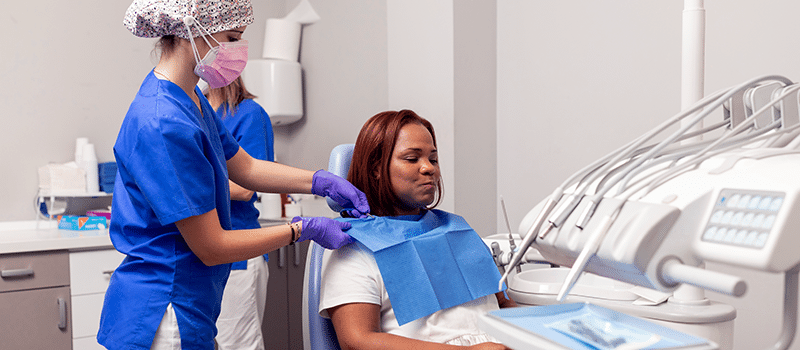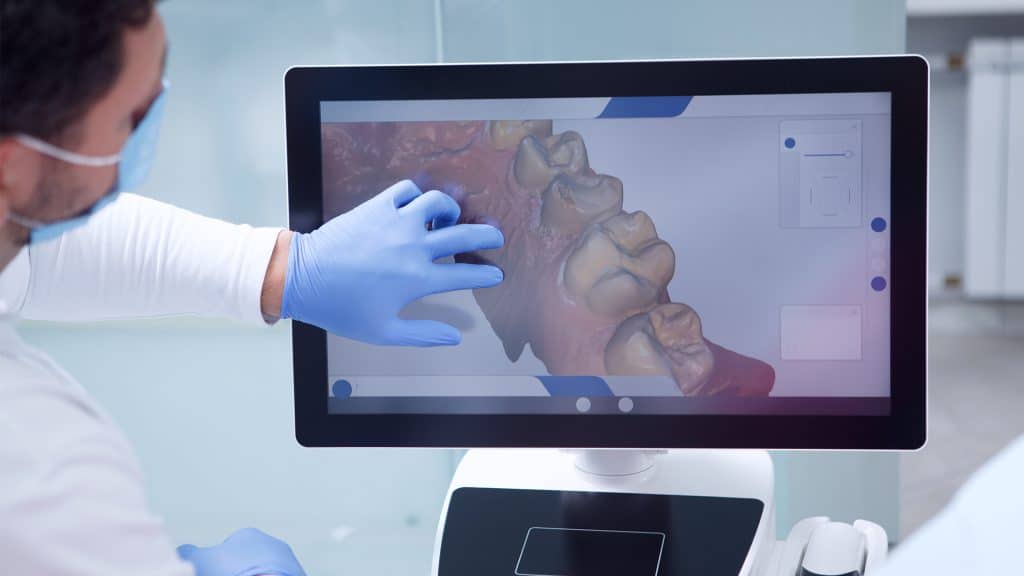With technology advancing as rapidly as it is today, keeping up with the latest trends is vital across all industries. It can define your chances for success in 2025.
This couldn’t be more true for dentistry.
Staying ahead means not only adopting new tools to enhance your current offerings, but also preparing for the future of patient care. Technology has the potential to improve the quality of care and comfort you’re able to offer to patients.
Here we explore five technologies that are revolutionising dentistry and how you can incorporate them into your practice to improve the patient experience and keep your practice at the cutting edge of dentistry.
Here are a few things you should know about dental technology:
What is Dental Technology?
Dental technology refers to the tools, devices and techniques used in the field of dentistry to diagnose, treat and prevent oral health problems. It includes a wide range of innovative techniques and equipment designed to enhance oral health, diagnose dental issues and improve overall patient experiences.
Without dental technology, the art and science of crafting crowns, bridges, dentures, orthodontic appliances and other essential devices for oral health would be limited. Technology also speeds up procedures, reducing waiting times for patients.
By embracing the latest advancements in dental technology, you can ensure your patients receive top-tier oral healthcare and tailored treatment options.
3 Benefits of Using Dental Technology in Your Practice
Enhance diagnostic precision
One of the biggest advantages of using the latest dental technology available is the level of precision it offers in diagnostics. Modern equipment like digital X-rays and 3D imaging enables the early detection of dental issues.
Reduce patient discomfort
As a dental practitioner, you’ve probably seen how procedures can cause anxiety in patients. The fear of pain can cause people to avoid visiting a dentist altogether. Innovative dental technology has paved the way for less invasive treatments, which can reduce the pain associated with the experience.
Cut down procedure time
In the past, some dental procedures required multiple appointments and lengthy recovery times. Today, the introduction of dental technology is revolutionising the speed at which procedures are carried out.
For example, CEREC technology (Chairside Economical Restoration of Esthetic Ceramics) is a system used in dentistry for creating dental restorations like crowns, veneers and inlays/outlays. It allows dentists to create and perform these restorations in a single appointment. This saves you and your patients time.
Top 5 Dental Technologies Revolutionising Dentistry in 2025
The breadth and scope of dental technology is evolving. Read on to learn about the top five dental technologies set to transform dentistry in 2025 and beyond:
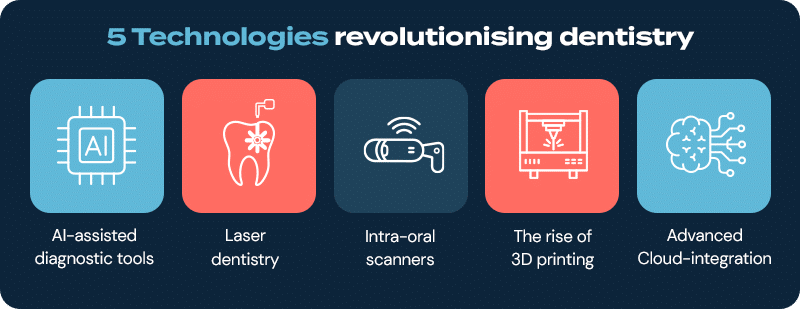
1. AI-assisted diagnostic tools
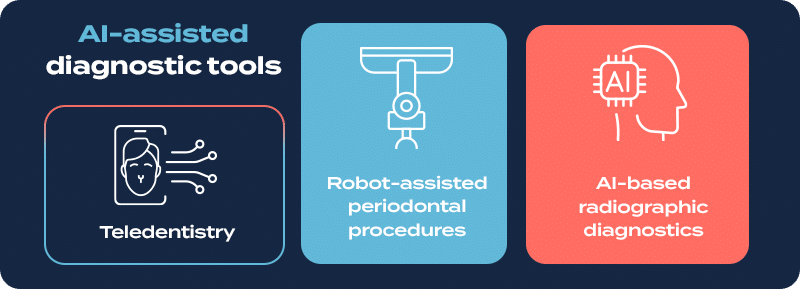
AI-assisted diagnostic tools can streamline the diagnostic process by automatically analysing complex medical and dental images, enabling faster and more precise dental workflows.
AI diagnostics tools can also identify issues like cavities, fractures and periodontal disease early on.
A recent article in the Journal of Dentistry, noted how a new AI-powered tool used for a root canal procedure proved to be both accurate and much quicker at performing the task.
An example of AI being used in practice is Second Opinion® by Pearl, an AI solution that helps dentists to diagnose conditions by analysing radiographs in real time. AI technology also enabled the world’s first robotic arm to perform a crown placement on a human in just 15 minutes in 2024. For dentists this means providing faster, more accurate care, improving both patient trust and treatment outcomes.
What’s more, other AI tools like teledentistry platforms allow for remote consultations, where AI can help diagnose and triage cases based on patient-submitted images.
The latest advancement in laser dentistry is the integration of AI into laser systems. Smart lasers equipped with AI algorithms can analyse patient data, assess oral health conditions and customise treatment options in real time.
2. Laser dentistry
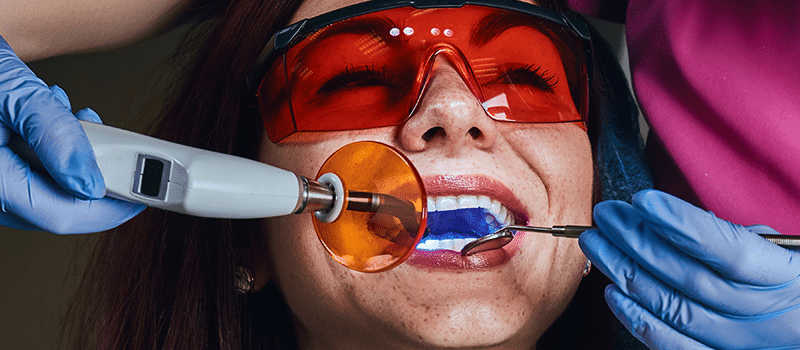
Laser dentistry is popular, thanks to its minimal invasiveness and extreme precision, preserving gum health, tissue and tooth structure.
The use of laser technology in dentistry also reduces recovery times, eliminating the need for traditional dental tools.
The latest advancement in laser dentistry is the integration of AI into laser systems. Smart lasers equipped with AI algorithms can analyse patient data, assess oral health conditions and customise treatment options in real time.
According to the International Association for Laser Dentistry (IALD), dental lasers can also contribute to improving practice production.
3. Intra-oral scanners
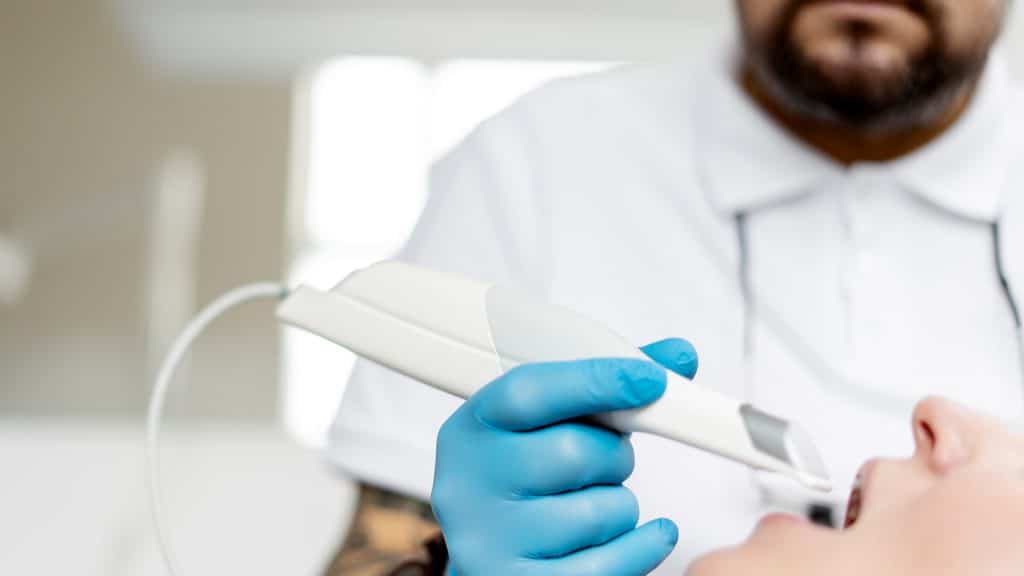
An intra-oral scanner (IOS) is a small, handheld device that captures detailed 3D images of the inside of a patient’s mouth. Instead of using traditional molds or impressions, which can be uncomfortable, the scanner uses a small camera to take images of your teeth and gums.
In 2025, intra-oral scanners are set to go beyond digital impressions.
Industry professionals say they are expected to become central to diagnostics, treatment planning, and patient communication.
According to The Institute of Digital Dentistry (IDD), practices are leveraging IOSs to revolutionise patient care. The technology allows for real-time patient education, advanced treatment planning and long-term monitoring. Two of the latest IOS devices are the 3Shape TRIOS 5 and the Carestream CS 3800.
4. 3D Printing
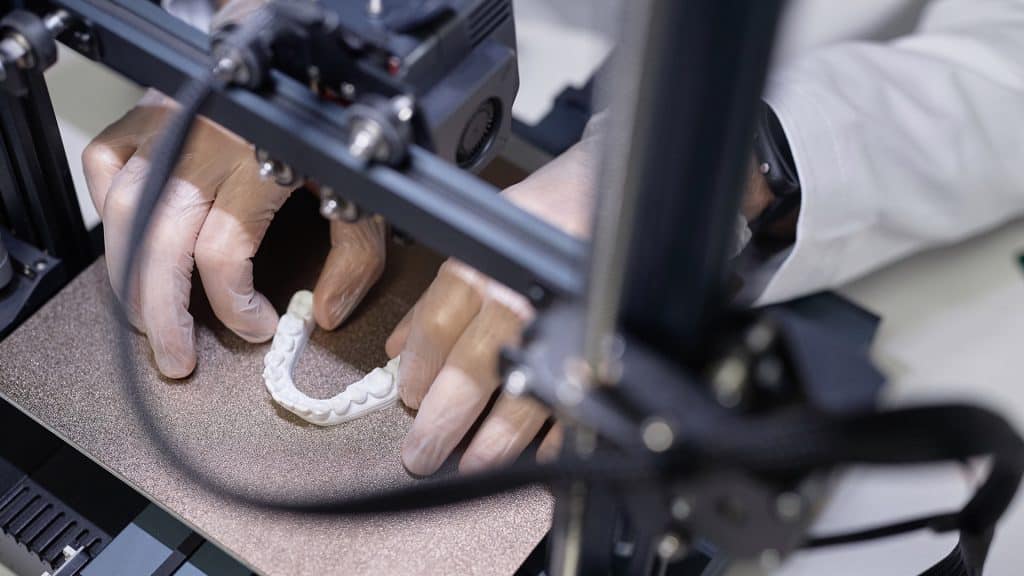
3D printing is at the forefront of digital advancements in dentistry and is changing how dental professionals approach patient care.
It initially started out as a niche technology and has now evolved into an indispensable tool. 3D printing enables rapid production of dental crowns, bridges and dentures, allowing for same-day restorations. 3D printers are overtaking traditional milling in the dental office because of their cost-effectiveness, as they are easier to maintain and run.
5. Advanced cloud integration
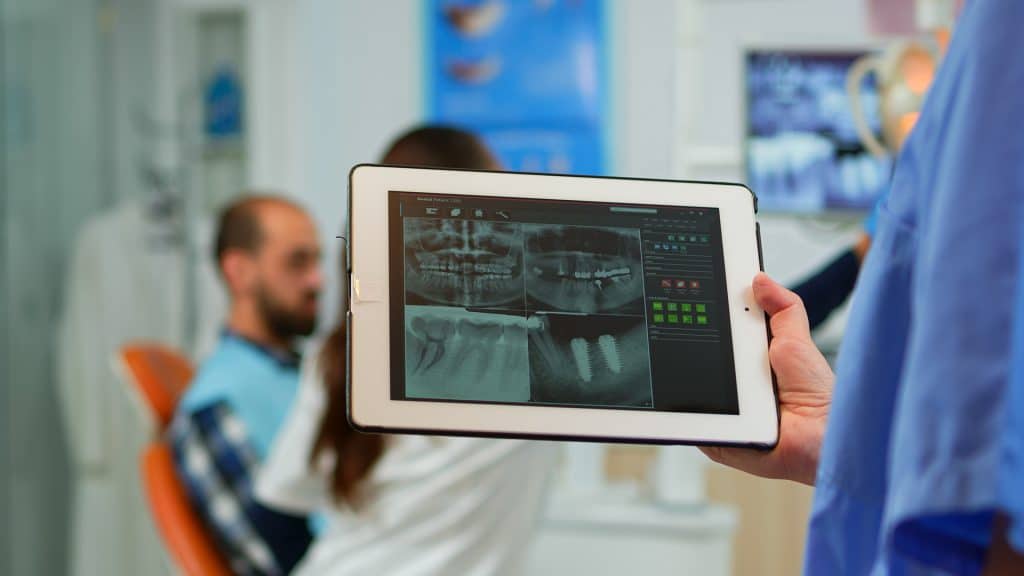
The move towards advanced cloud integration in digital dentistry is reshaping how dental practices operate.
The shift makes access to scans and digital models easier than ever. All you need is a good internet connection.
An example is cloud-based practice management software (PMS). Practice management software can streamline day-to-day operations through automated reminders and patient recall features. Practically, a patient’s records can be populated from any device, allowing practitioners to provide informed and coordinated care at the touch of a button.
Full vs advanced cloud integration explained
Full cloud integration refers to the complete migration of all systems, data and processes to a cloud. This provides access to cloud-based storage applications and resources. Advanced cloud integration takes this a step further and involves the integration of systems to improve processes through the application of advanced technologies like AI.
In dentistry, this means synchronising tools like digital scanners, practice management software, treatment planning software and lab systems through the cloud.
It includes additional functionalities allowing for direct scanning to the cloud in real time, cloud-based CAD (computer-aided design) design and AI-powered analysis and treatment planning.
The leading companies in this space, according to the Institute of Digital Dentistry in New Zealand, are Dentsply Sirona with Primescan 2 and Align Technology iTero Design Suite. By applying cloud integration, you don’t need to invest in expensive servers or IT infrastructure to enhance your practice.
Access the Capital You Need To Invest in Dental Technology
Diversifying your offerings and incorporating these various technologies can set your practice apart.
The adoption of these technologies in your practice would require an investment in equipment, training and possibly changes in practice workflows.
This can often require a capital boost to make the initial investment, but in the long term, the benefits will pay off.
As an alternative business funding provider we offer small and medium-sized businesses access to up to R5 million in funding within as little as 24 hours.
Our Cash Flow Facility gives you the flexibility to withdraw capital on an ongoing basis, as and when you need it. This facility is especially useful if you plan to gradually enhance your practice without placing serious strain on your cash flow.
Transform your dental practice and enhance your patient experience without creating a financial burden.
Learn more about our funding options today, and easily apply online for the capital you need to take your practice into the digital future.
